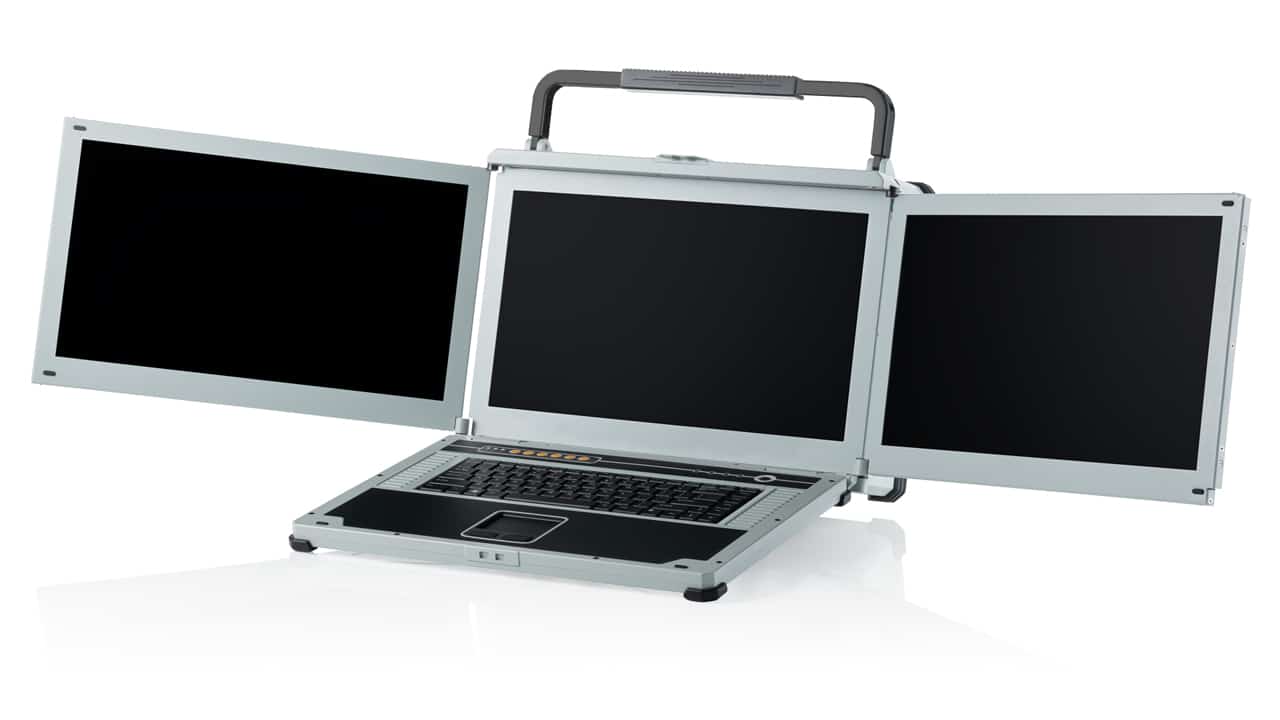When it comes to technology, the promise of something better is always just around the corner. In the world of storage, that next big leap is PCIe Gen 6 SSDs. With speeds projected to double that of PCIe Gen 5, it’s hard not to wonder: should you hold out for PCIe Gen 6, or is… Continue reading Should I Wait for PCIe Gen 6 SSDs?
Tag: PCIe
Navigating the Expansion Slot Landscape: A Guide to PCI and Modern Alternatives
Today, we’re diving deep into the heart of your computer’s architecture: expansion slots. Specifically, we’ll explore the tried-and-true PCI/PCIe slots and the exciting modern alternatives that are shaking up the scene. So to start – ISA slots! (Industry Standard Architecture) ISA was (and still is I suppose) a 16 bit bus from the IBM PC-AT… Continue reading Navigating the Expansion Slot Landscape: A Guide to PCI and Modern Alternatives
Deployable Video Processing Laptop
Deployable Video Processing Laptop Rugged triple screen Xeon portable with video capture card NotePAC-III-PRO-V Vertical triple screen portable NotePAC-III-PRO Rugged laptop – triple screen NotePAC-III-SC Rugged laptop – Special configuration Video capture hardware solution Many security and surveillance missions rely on video. They need to monitor, capture, and disseminate video feeds. If a… Continue reading Deployable Video Processing Laptop
PCT Multi-touch screens on portable workstation
MegaPAC L1, L2 & L3 Now with PCT Multi-touch screens Multi-touch portable workstations The latest touch screen technology is now available on large deployable workstation screens. The ACME MegaPAC is now available with Projected Capacitive Touch screens. Single, dual and triple screen workstations are available, and whichever system suits your… Continue reading PCT Multi-touch screens on portable workstation
PCIe Lanes
PCIe Lanes explained An introduction PCI Express, PCIe, or Peripheral Component Interconnect Express, can be a somewhat complicated computer specification. When your computer first boots, PCIe is what determines the devices that are attached or plugged into the motherboard. It identifies the links between each device, creates a traffic map, and negotiates the width of each… Continue reading PCIe Lanes

